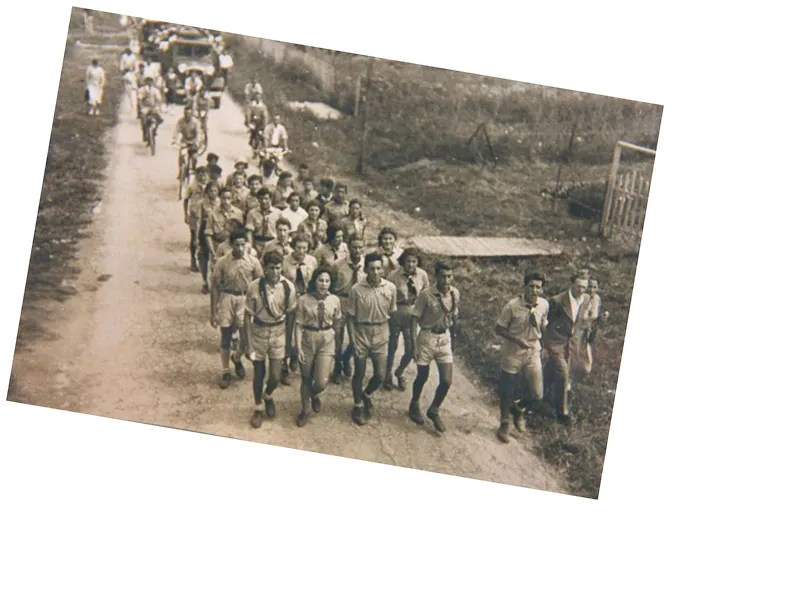The Legacy of Hashomer: From Guardians to Haganah
The Hashomer organization, founded in 1909, played a pivotal role in the protection of Jewish settlements in Palestine during a tumultuous period marked by rising tensions and conflict. Established by Jewish immigrants, Hashomer, meaning "Guardian" in Arabic, was a response to the growing need for security amidst increasing Arab hostility and the backdrop of World War I. Initially, it began as informal groups formed in the late 19th century, evolving into a structured military organization that aimed to defend Jewish neighborhoods.
In 1921, Hashomer was officially dissolved and replaced by the Haganah, which continued its legacy of defense and organization. The transition marked a significant shift in the structure of Jewish military forces in Palestine, as Haganah adopted a more formalized approach to security and community defense. This change was influenced by the socio-political landscape of the time, including the need for a cohesive defense strategy against both external threats and internal divisions among Jewish communities.
The Transformation of Jewish Defense Forces
The dissolution of Hashomer did not signify the end of its mission; rather, it laid the groundwork for the establishment of Haganah, which became the primary military force for Jews in Palestine. Members of Hashomer, many of whom were from the Po’ali Zion party, played critical roles in shaping Haganah's organizational structure and operational strategies. The founding of Haganah was a response to the evolving political climate, aiming to unify Jewish defense efforts under a single banner.
The legacy of Hashomer is evident in the foundational principles that guided Haganah, emphasizing the importance of self-defense and community solidarity. As a precursor to the Israeli Defense Forces, Haganah inherited Hashomer's commitment to protecting Jewish settlements, illustrating the continuity of Jewish self-defense initiatives throughout the turbulent early 20th century.
- Hashomer's establishment was rooted in the need for security during a time of vulnerability for Jewish communities in Palestine. The organization was formed by immigrants primarily from Eastern Europe, who sought to create a safe environment for Jewish settlers. This initiative was not only about physical protection but also about fostering a sense of community and national identity among Jewish settlers. The organization's flag, which featured a six-pointed star, symbolized the Jewish people's determination to rise against adversity. Hashomer's activities included guarding settlements, expelling Arab workers accused of theft, and providing a framework for Jewish labor in agriculture and industry. Despite its dissolution, the spirit of Hashomer lived on in Haganah, which expanded its operations and eventually played a crucial role in the establishment of the State of Israel in 1948. The evolution from Hashomer to Haganah reflects the broader narrative of Jewish self-determination and resilience in the face of historical challenges.






